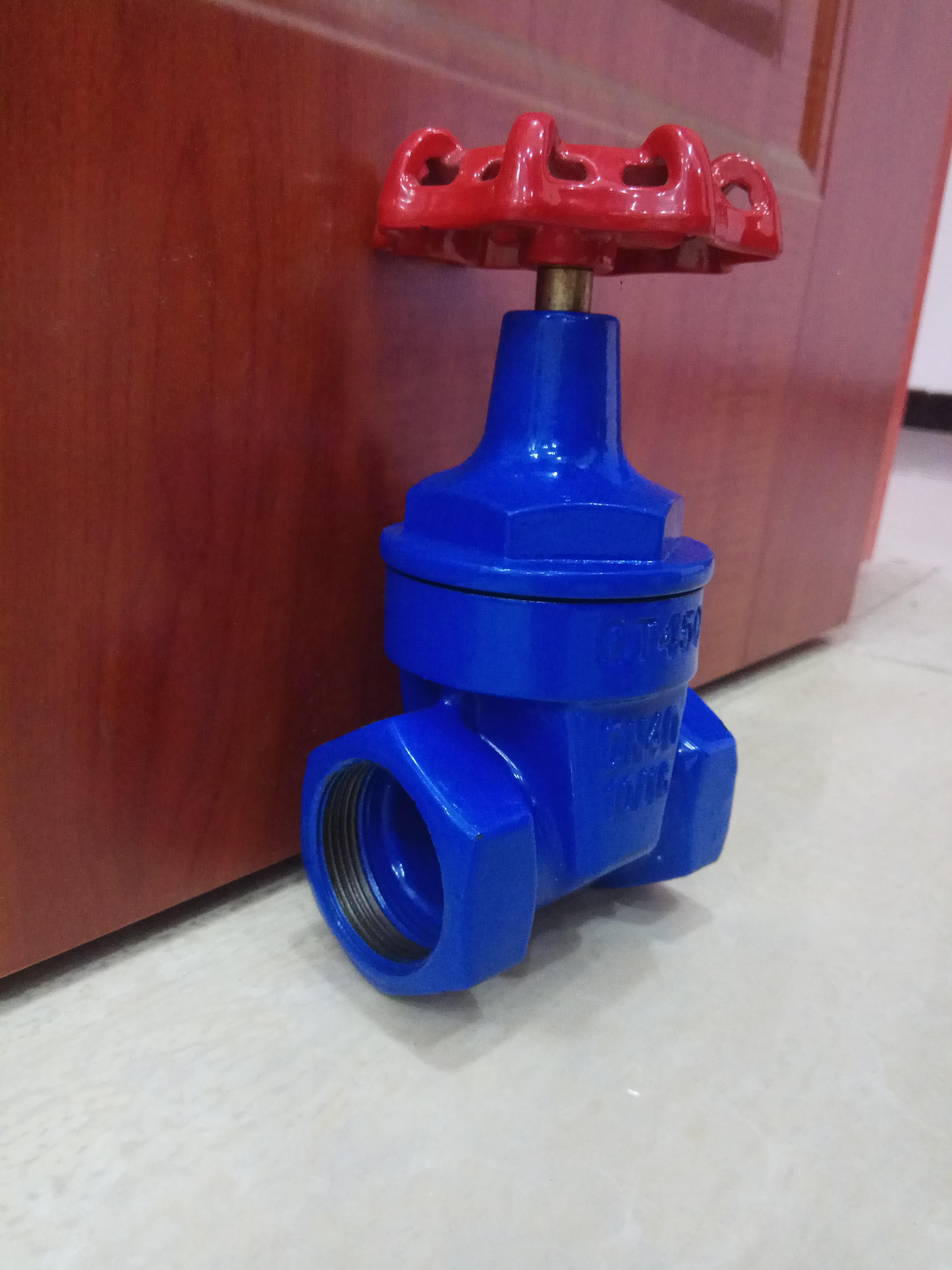After seven years of monitoring and experimenting with trap performance at Royal Chemical Industries' industrial plants in Huddersfield and Grangemouth (England), and monitoring and experimenting with trap performance and fresh steam loss at both manufacturers' laboratories, Royal Chemical Industries finally revised its Engineering Design Guidance on trap The old selection criteria had many problems.

China Dismanlting Joint supplier
The old selection criteria had a number of shortcomings, notably it did not mention the type of equipment being trapped and the method of trapping. The trap selected often did not match the actual load. Particularly serious was the fact that thermodynamic disc traps (the basis for the old selection criteria) were mistakenly considered by people, especially shop personnel, to be a universal trap.
As early as 1980, the Grangemouth plant began monitoring trap performance in response to complaints from engineering maintenance personnel about the short life of steam main traps. Two years later, the Huddersfield plant did the same.
The monitoring began with a survey of traps to understand the types of traps available and to examine the loads used in their selection. Related tests were also conducted. The preliminary results were very surprising. The results of the tests done on 415 traps in one shop showed that 19% of the traps were effective, and 63% of the load selections did not match.
A test of 132 steam traps in a steam main showed that 42% of the traps were effective. Testing of trap life also began in 1980 and continues today. Table 2-1 lists the trap life tests conducted at and and .
To examine the energy savings of various traps, fresh steam loss tests were conducted on traps in use in the laboratories of two manufacturers. The tests were conducted in laboratory conditions, i.e., 20°C and still air. The experiment did not examine the heat loss from the trap body. The condensate load in the test was the common 10-20 kg/hr (22-44 lb/hr). The test results are summarized in Table 2-2. One interesting point that these two tables show is that the thermodynamic disc trap, which is widely used as a general purpose, has poor energy savings and an extremely short life compared to inverted bucket traps.
In applications where heat is not required, replacing a thermodynamic disc trap with a thermostatic trap will improve energy savings while ensuring long service life.
These experiments also reveal that mechanical traps (i.e. inverted bucket and float traps) can keep steam free of condensate regardless of whether the condensate load is high or low, while thermostatic traps tend to accumulate condensate when the load increases. In addition, bimetal traps tend to operate erratically.
The new Guidance after the change includes a trap selection table.
Selection recommendations are now as follows
Inverted bucket traps.
As the trap of choice for all process loads and steam main lines, i.e., all applications where steam trapping is required.
Float Thermostatic Traps.
Used for process draining, especially in applications where the control load is less than 3.5 kg (50 psig) or where air content is high and installation of inverted bucket traps is problematic.
Balanced Pressure Traps.
Used for unimportant tracing or heating systems.
Bimetal Thermostatic Traps.
Used for tracer lines or heating systems in low temperature or frost protection service. This type of trap makes maximum use of the sensible heat in condensate or prevents overheating of the product. The valve body is all stainless steel.
Thermodynamic Disc Trap.
Can be used as an alternative to inverted bucket traps for limited use on steam mains and tracers at pressures up to 17 kg, or as a product replacement for higher steam pressures, provided that prior experience has proven its performance. Not recommended due to its low energy efficiency and short service life (and, not permitted at Huddersfield and Grangemouth plants).